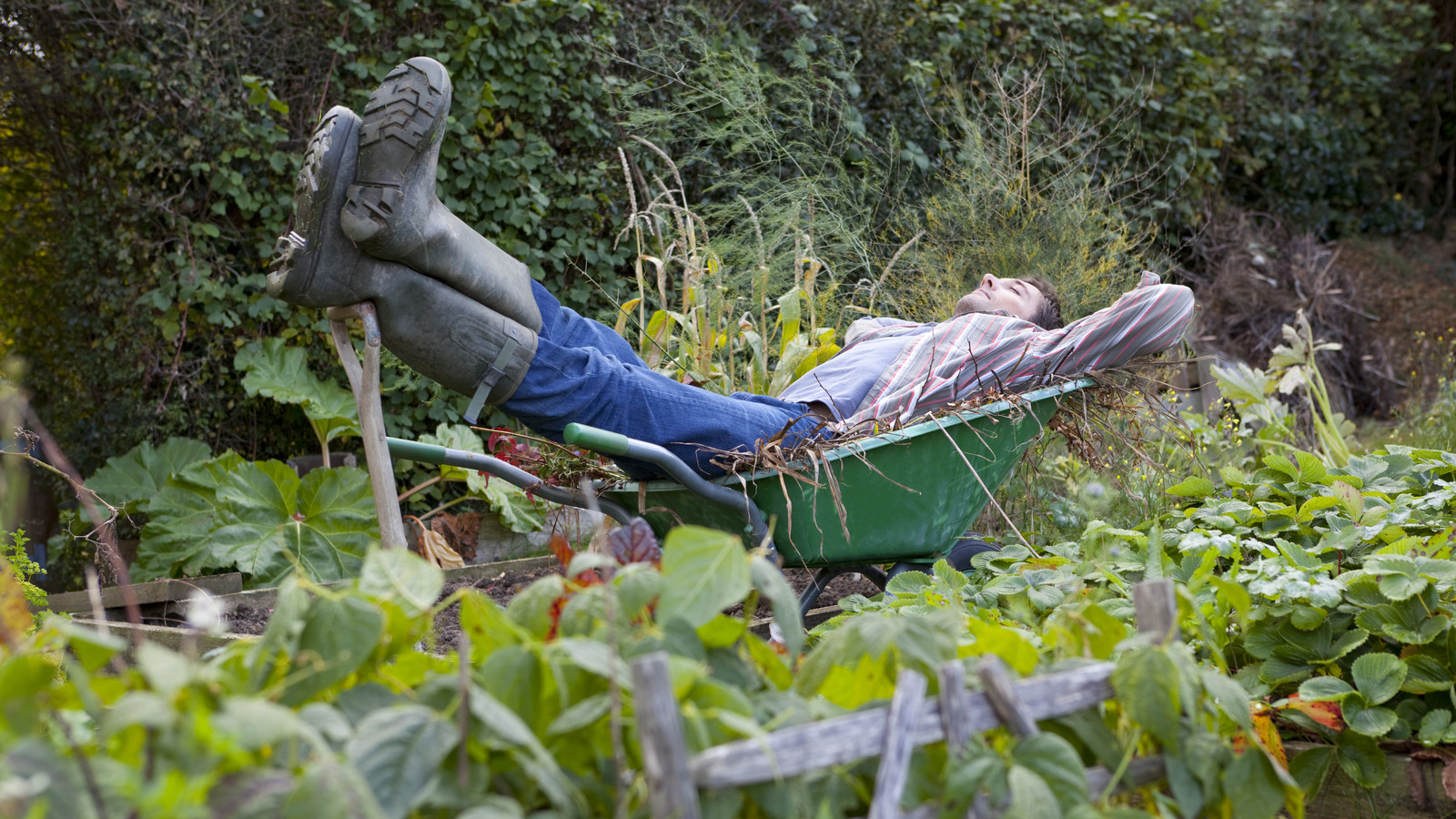Vegetable Garden
Pick vegetables that your family likes to eat. Many vegetable varieties offer unique qualities such as disease resistance or improved heat- or cold-tolerance.
Vegetables grow best in soil that is rich, nutrient-rich and drains well. Test the soil’s texture by pressing a handful in your hand. It’s good if the soil crumbles and doesn’t stick to your fingers.

To plant beets, you’ll want to pick a spot that is sunny for at least six hours a day. Almanac says that your soil should be fertile and have a pH between 6.0 and 7.0, as your beets won’t do well in acidic environments. Make sure the area is tilled so that there aren’t any rocks or big clumps that could hinder growth. Dirt should also be loose and drain easily.
Beetroot should be planted during the spring as soon as the soil is warm enough for you to dig in. This should be when the weather is about 50 degrees Fahrenheit. You can keep planting more beets in two to three-week spans until mid-summer so that you have a successive harvest. Be sure to stop planting before temperatures reach 75 degrees.
Remember that beet seeds contain two to four seeds within them. So, you’ll have to germinate your seeds and then thin the seedlings to allow them to grow properly. Start your seeds in one-inch deep soil planted 3 to 4 inches apart from each other. Make sure to keep your soil moist during the germination period. When they sprout up at about 4 to 5 inches tall, “thin” them. Go in with a scissor and cut off excess leaf shoots at the base of the plant so that only one remains per plant. You can eat the little leaves that you chop off. This will give you one beet per plant.
Source: housedigest.com

Leave a Reply